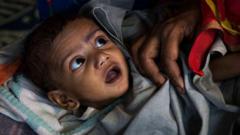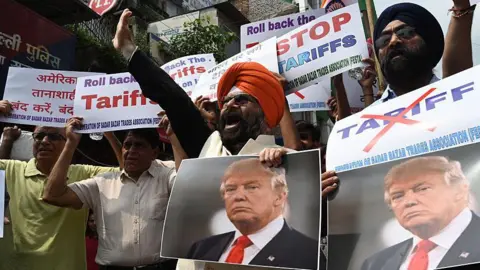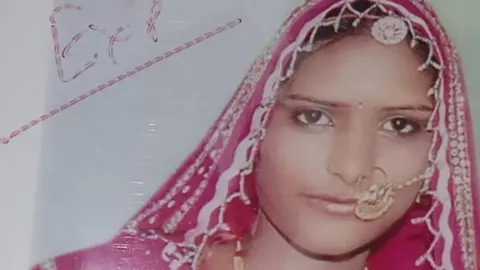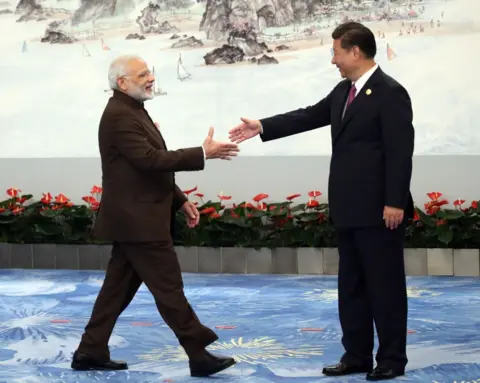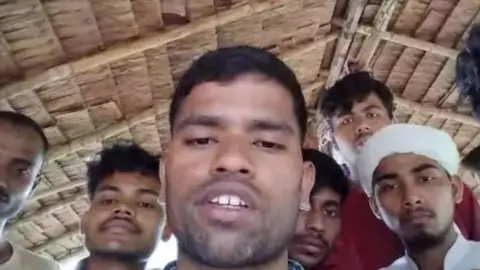New research by economists Ashwini Deshpande from Ashoka University and Rajesh Ramachandran from Monash University reveals that caste discrimination significantly contributes to child stunting in India, affecting 35% of the 137 million children under five. This alarming rate surpasses the average stunting rate in Sub-Saharan Africa, where approximately 33.6% of children are affected. Stunting, a clear indicator of nutritional deficiencies, is defined as an insufficient height for age, reflecting serious malnutrition concerns.
The first 1,000 days of a child's life—often described as the "golden period" for development—are crucial, with 80% of brain development occurring by age two, setting the stage for a child's future. Access to healthcare, nutrition, and a safe environment can dramatically influence a child's potential. Despite progress, India still grapples with high stunting rates, primarily tied to social inequalities exacerbated by caste systems.
The study analyzed the stunting disparities between India and 19 Sub-Saharan African countries, uncovering that marginalized groups such as adivasis (tribespeople) and Dalits (historically referred to as untouchables) face particularly high rates of malnutrition. While children from higher-ranked castes exhibit significantly lower stunting rates—around 27% in contrast to marginalized groups—the factors causing these disparities go beyond mere nutrition.
The entrenched caste system in India, which persists despite decades of affirmative action, continues to limit access to quality food and healthcare for those on the lower rungs of the social ladder, resulting in them experiencing a 20% higher likelihood of stunting. This issue is further complicated by socioeconomic factors like maternal education and existing health conditions.
The discussions surrounding child stunting in India often overlook the impact of social identity. While previous debates raised genetic questions regarding children's heights, the authors propose that socio-economic status, particularly from a caste perspective, is central to understanding child nutrition in India. They emphasized the need for focused interventions targeting the most vulnerable populations to address and mitigate high stunting rates and improve the future of India's children.
Using comprehensive data from demographic and health surveys, the study analyzed the physical dimensions of 195,024 children under five in India and 202,557 in Sub-Saharan Africa. As both regions face similar developmental challenges, understanding the overlap between caste and nutrition will be crucial in addressing child malnutrition effectively.

